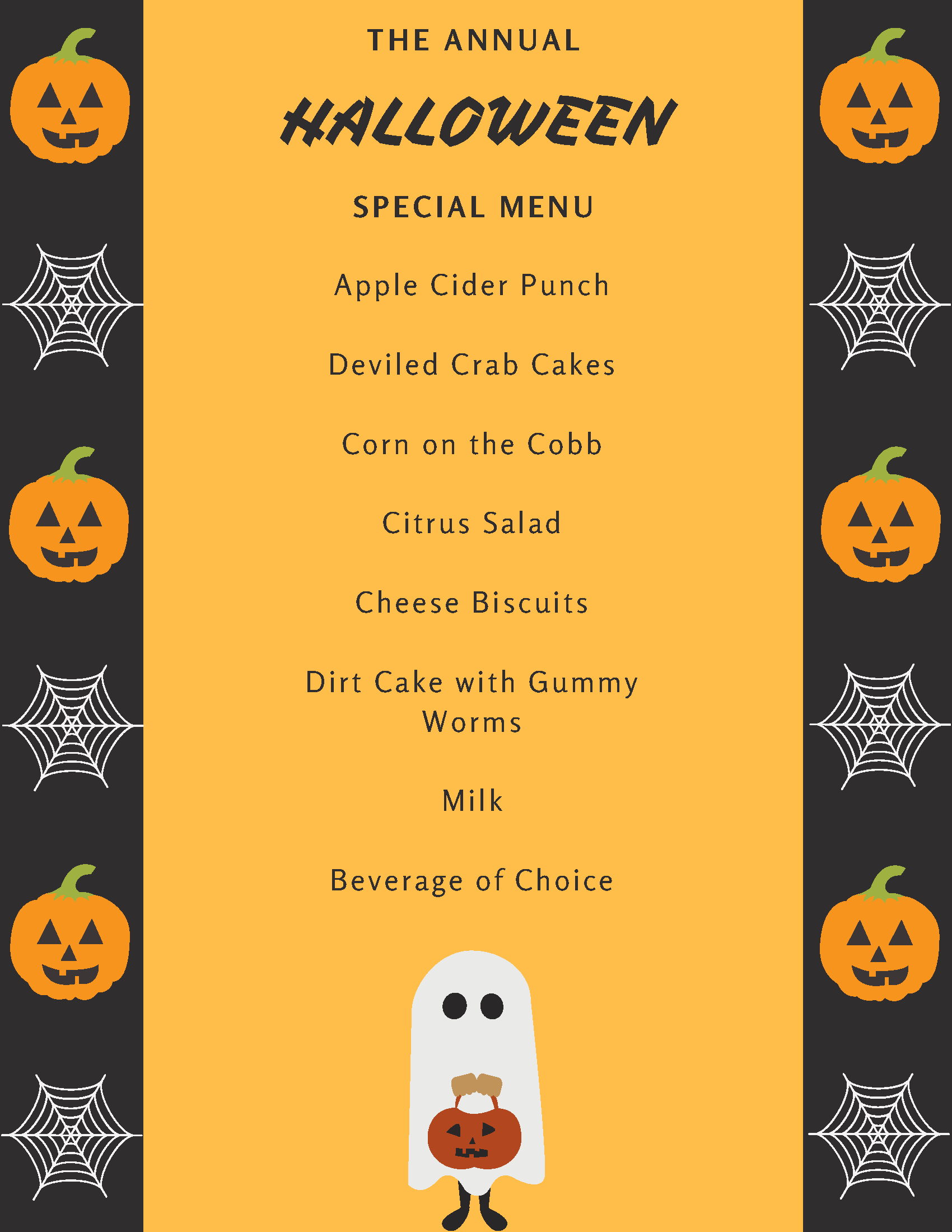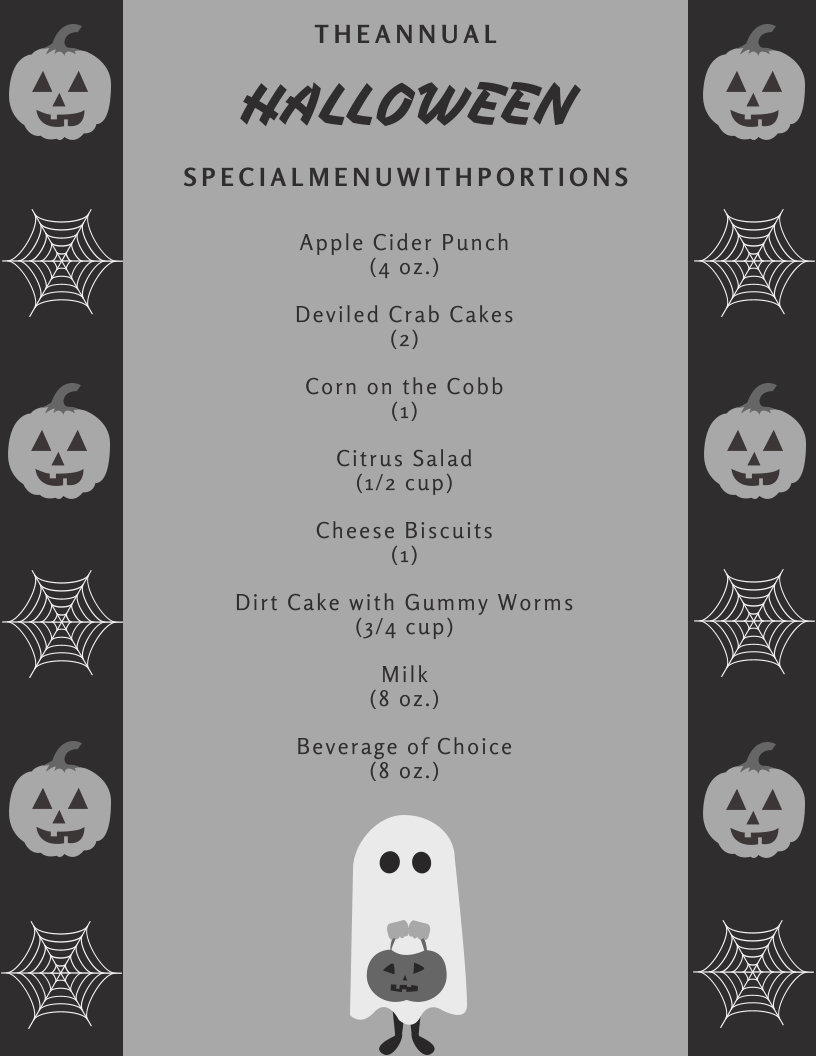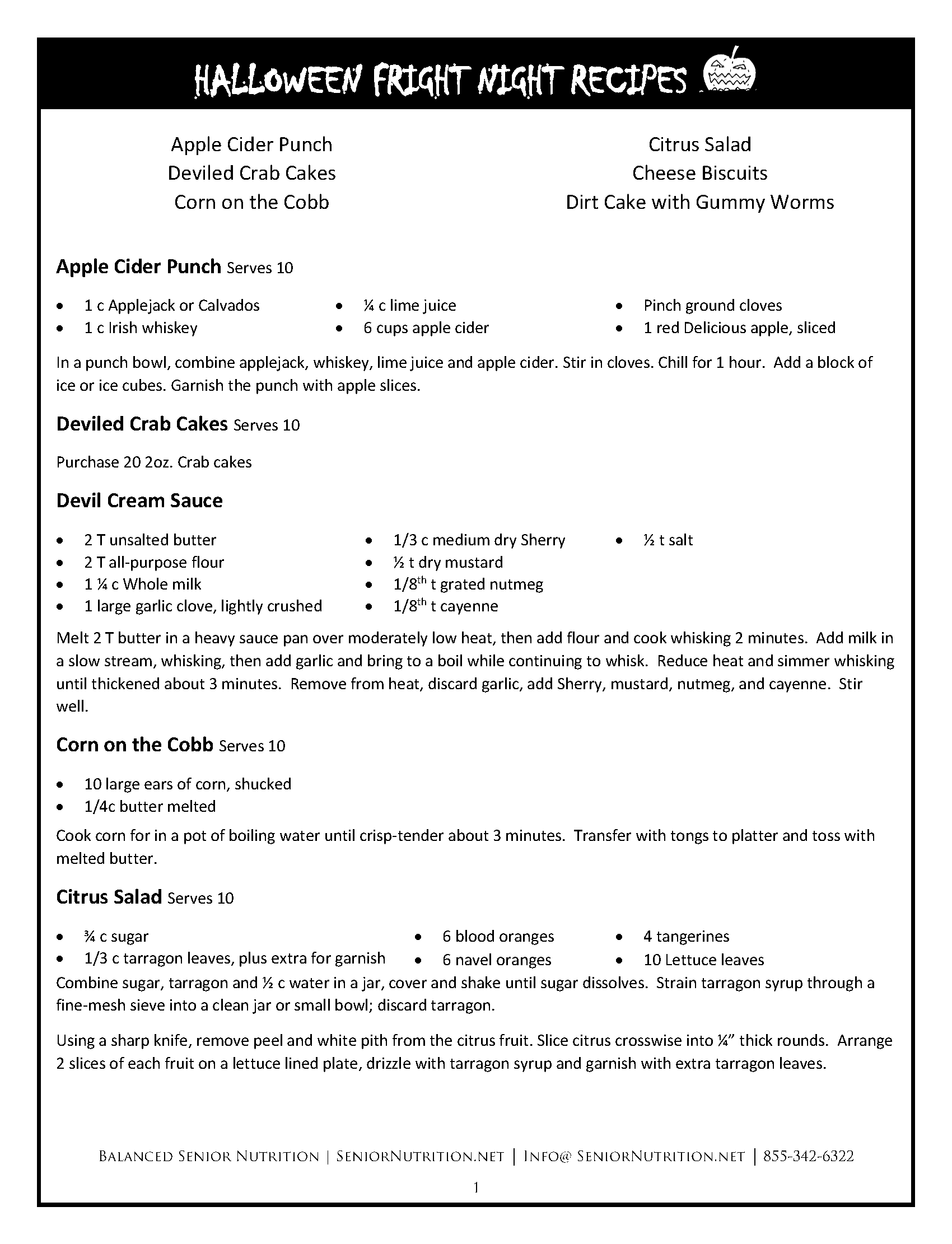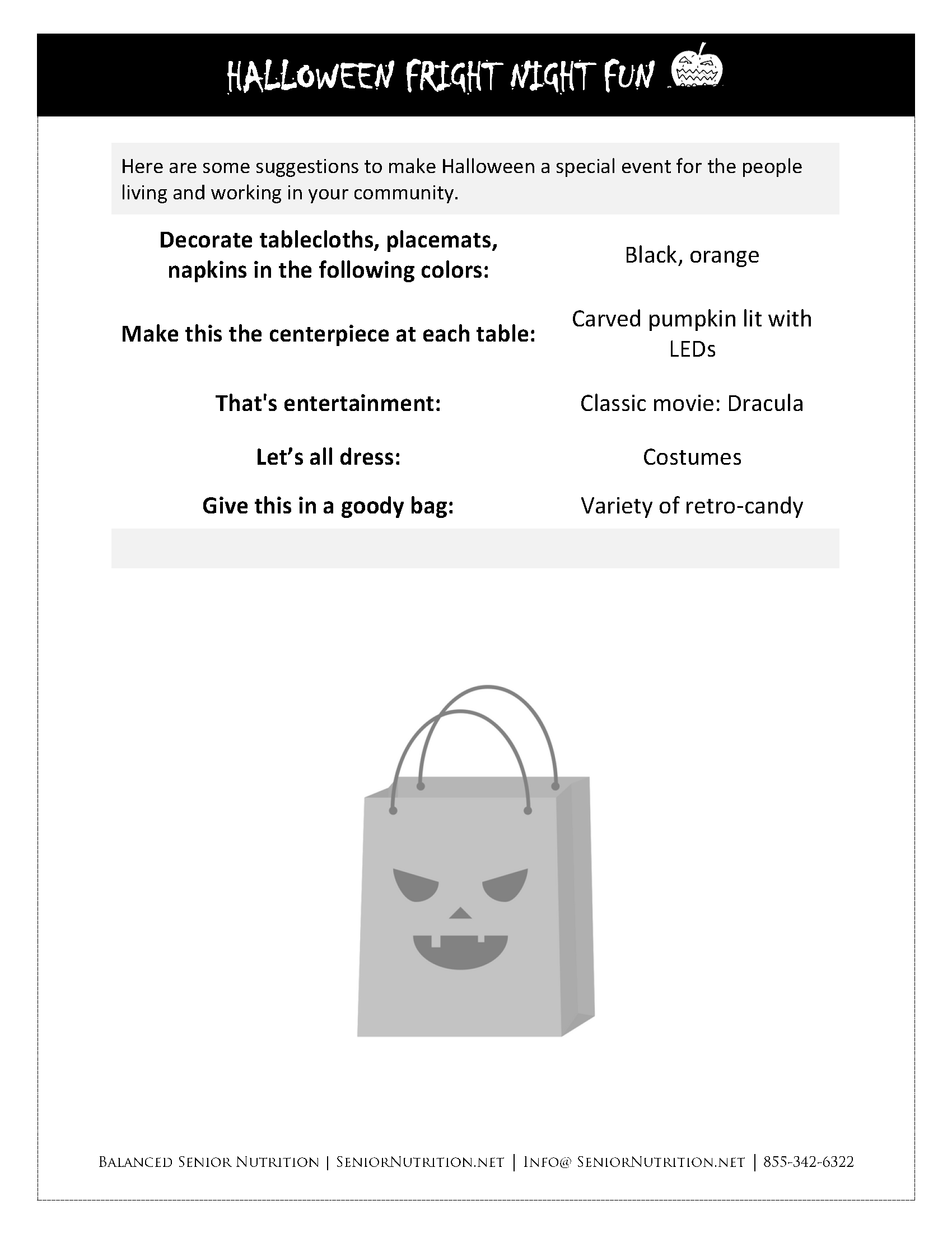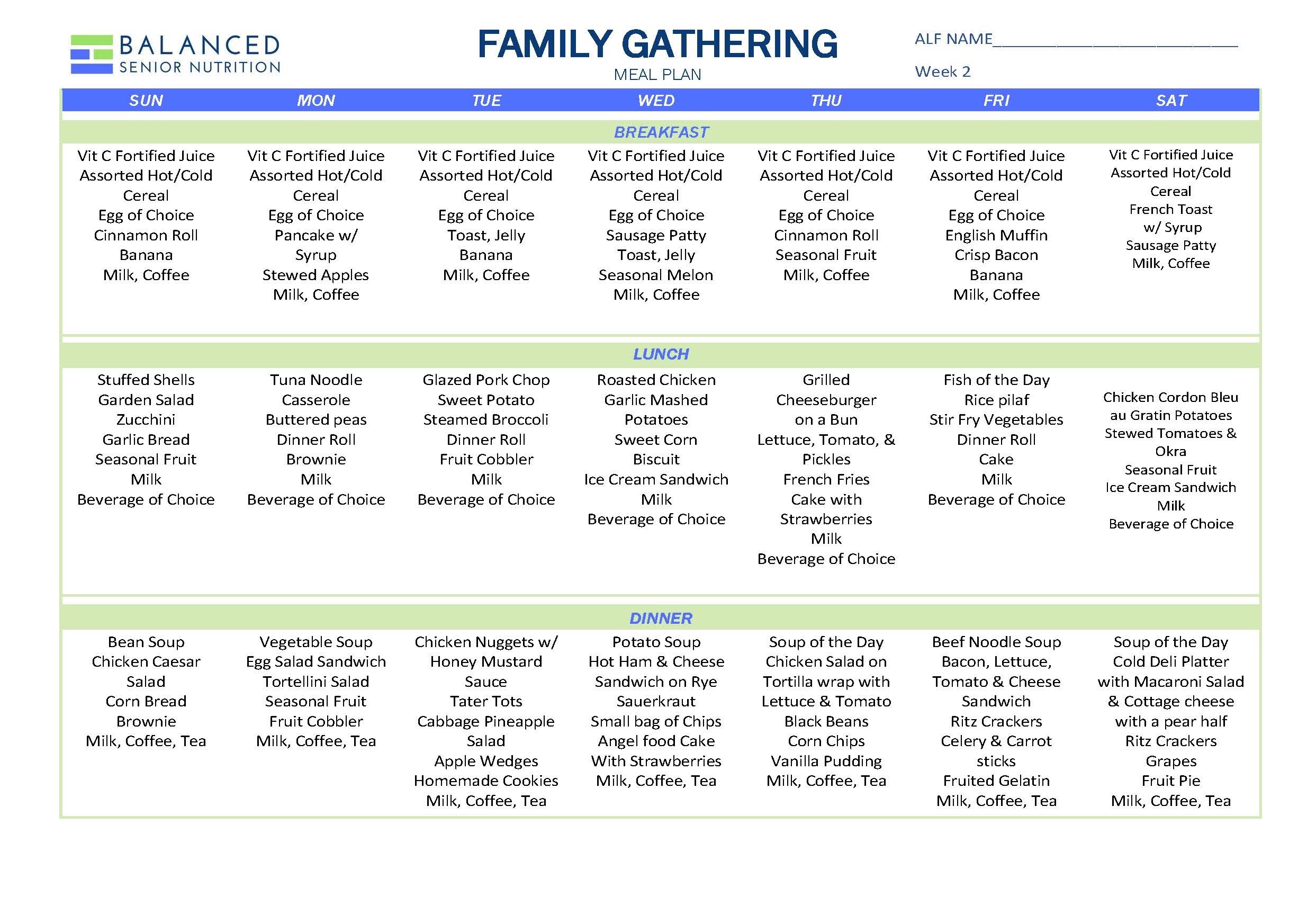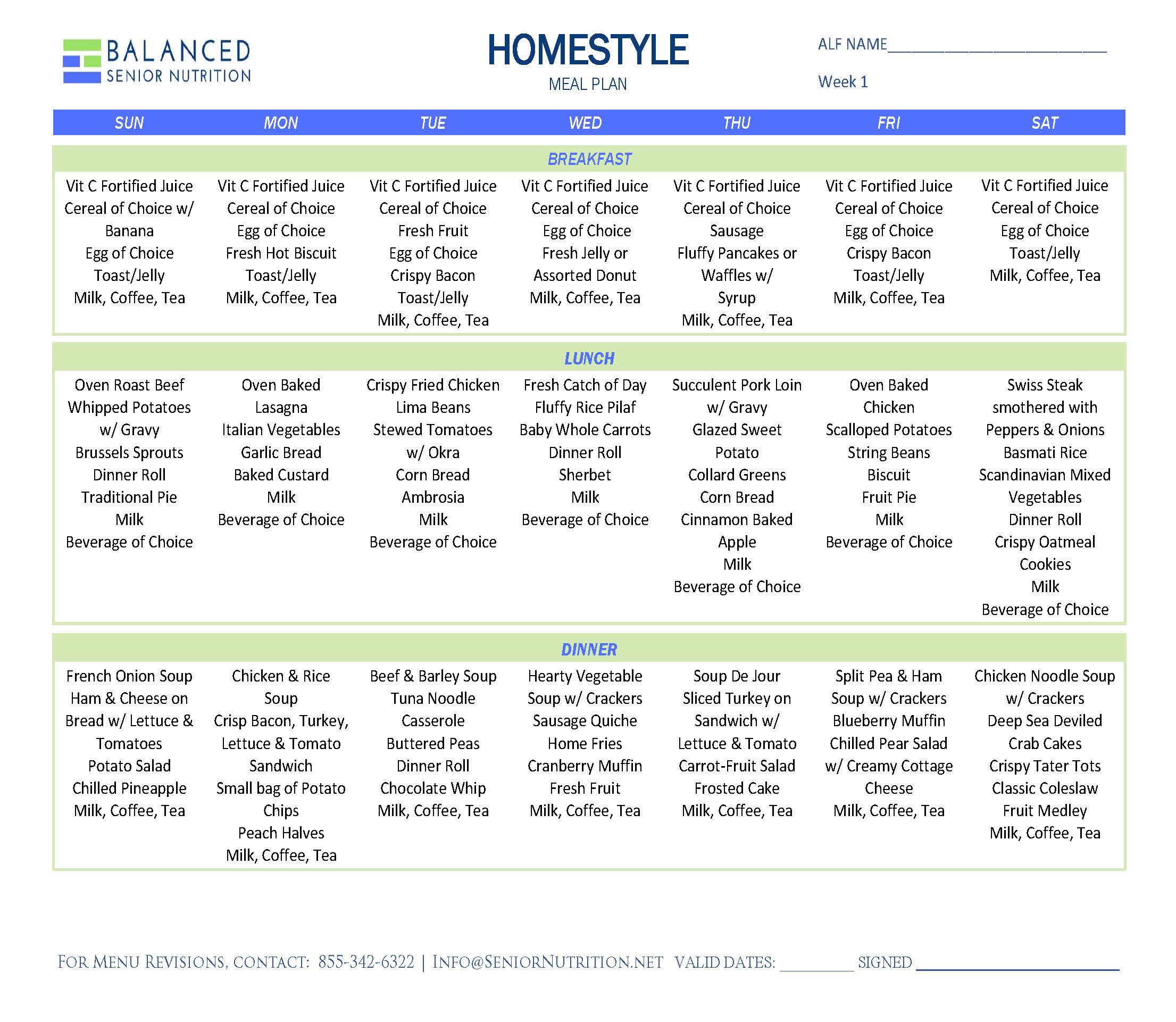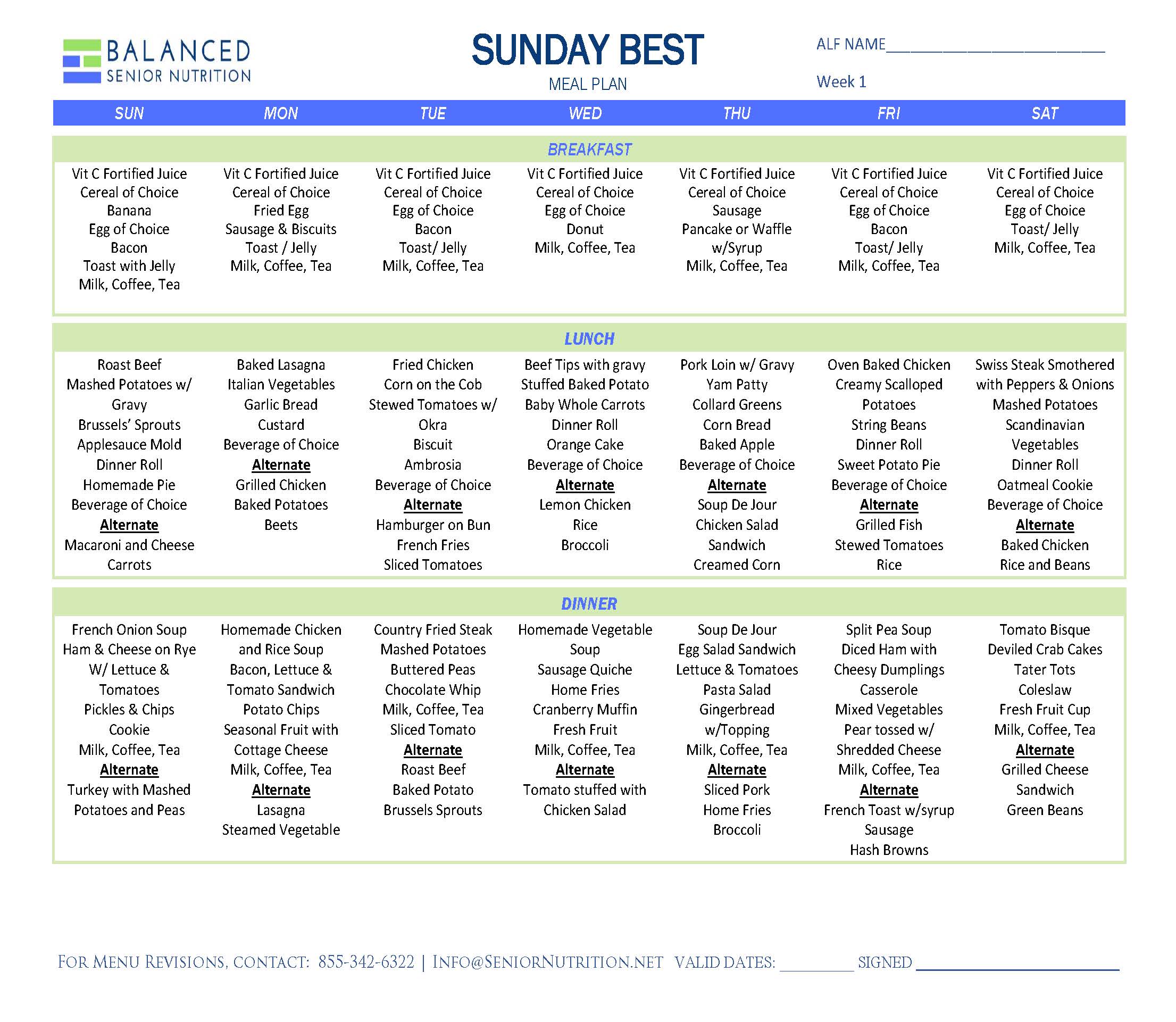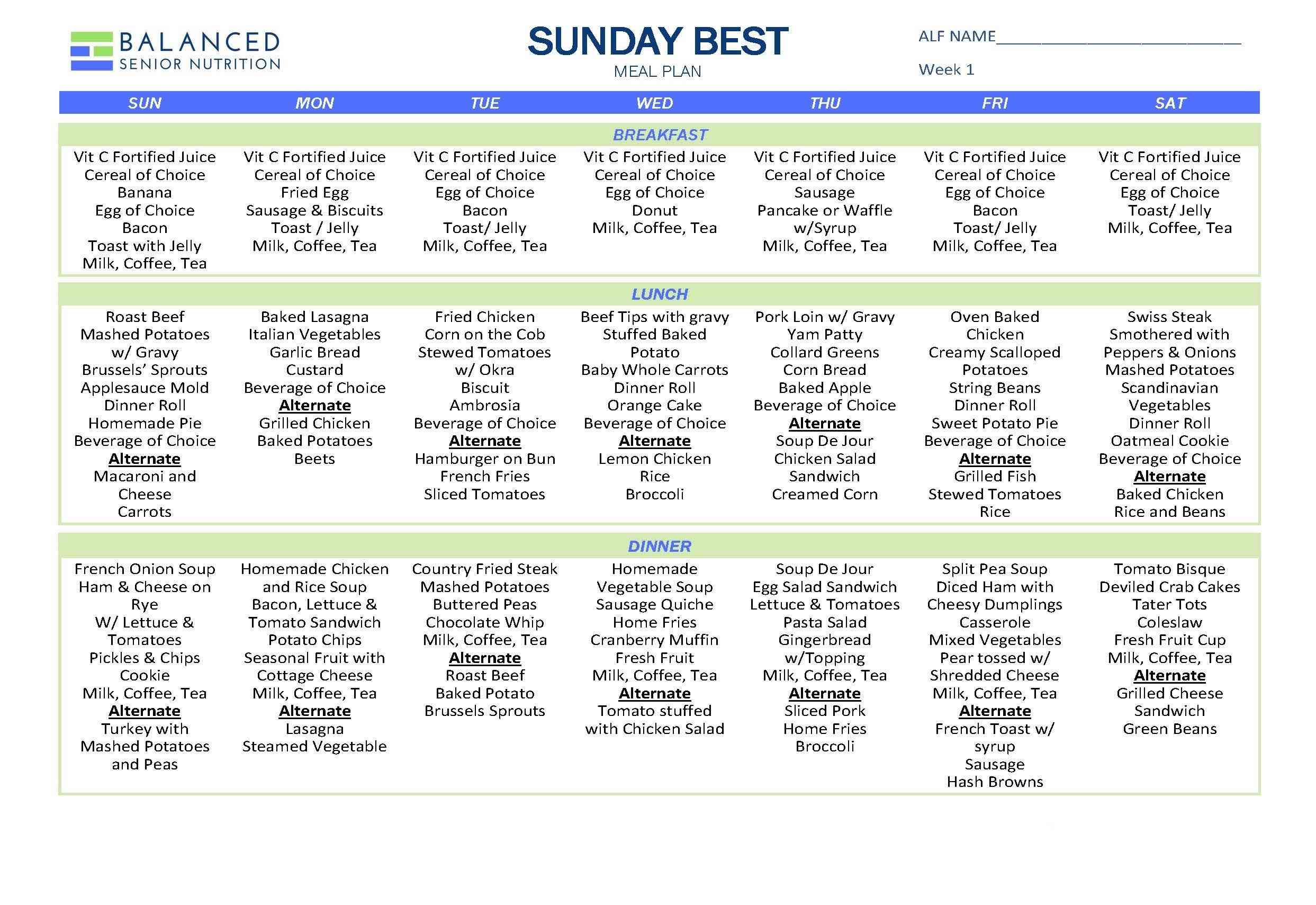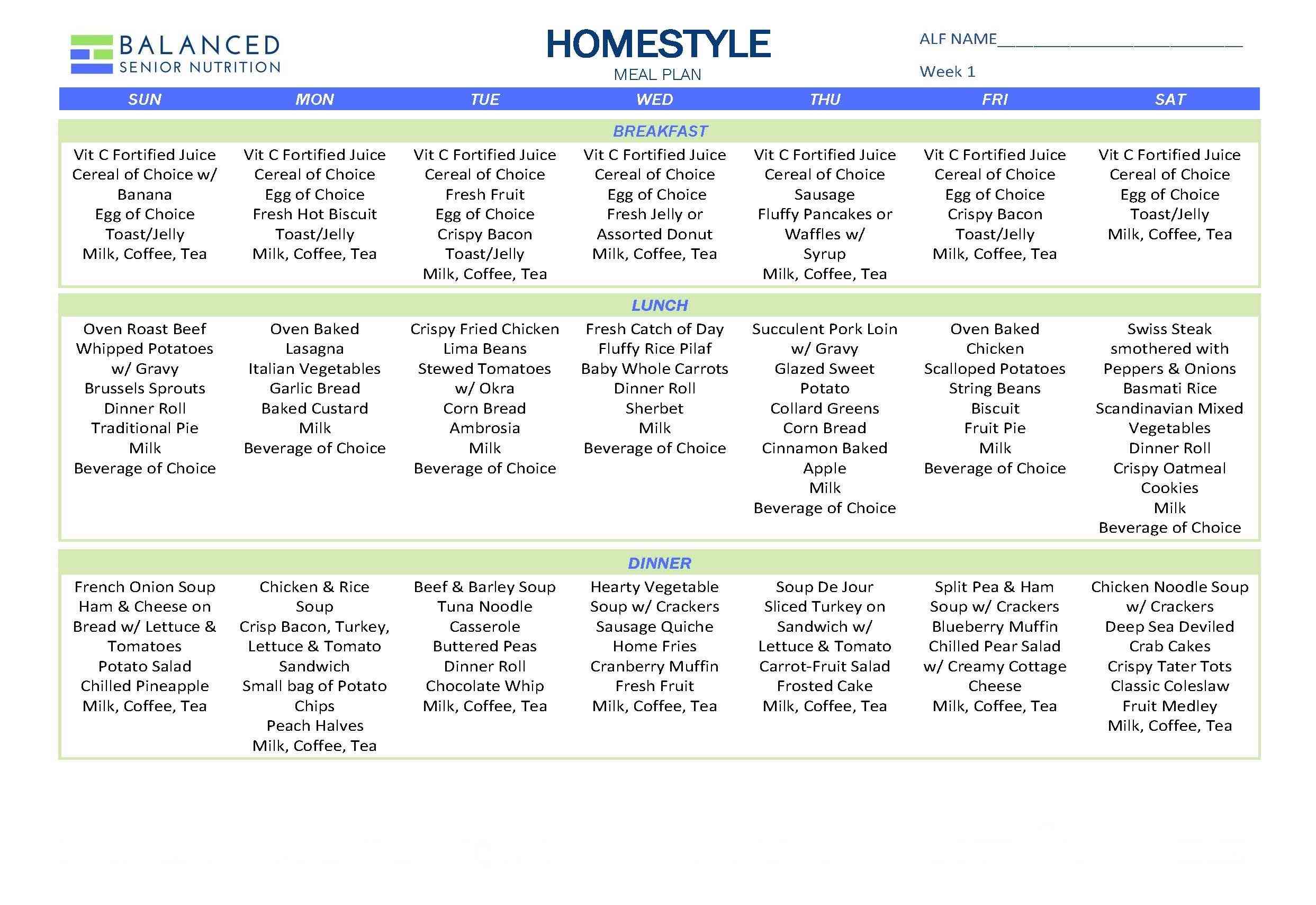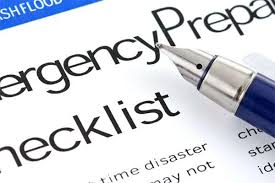 Benjamin Franklin once said, “If you fail to plan, you are planning to fail.” Truer words have never been spoken when it comes to dealing with an emergency at your long-term care community. Having a plan in place to keep food services running in the event of an emergency is not only sound advice, it is essential to keeping your community well-fed and hydrated. Here are some simple tips that you may not have considered, but will make your life easier in the event of an emergency.
Benjamin Franklin once said, “If you fail to plan, you are planning to fail.” Truer words have never been spoken when it comes to dealing with an emergency at your long-term care community. Having a plan in place to keep food services running in the event of an emergency is not only sound advice, it is essential to keeping your community well-fed and hydrated. Here are some simple tips that you may not have considered, but will make your life easier in the event of an emergency.
Tip 1: Have a Plan
The one thing you absolutely must have in case of an emergency is a plan. Having a plan in the event of a potential threat such as severe weather conditions can take the uncertainty out of the equation and help you limit problems that might occur in your dietary department. Use a checklist to help you develop and maintain a disaster plan that provides uninterrupted operation of food service to residents in your community. To assure your plan is up to date, review it at least monthly and immediately prior to the potential expected threat.
Tip 2: Water, Water, Everywhere.
Making sure you have enough water for drinking and food preparation in case of an emergency is vital. What would you do right now in your community if the city water supply was affected? To be ready have on hand:
- One gallon of water (2 quarts for drinking and 2 quarts for food preparation/sanitation) per person/per day for a minimum of three days for ALF and seven days for SNF
- Some 5-gallon collapsible water containers (often referred to as bladders); prior to the arrival of a storm:
- fill them with city water
- freeze
- store in the freezer next to the stacked frozen foods to retain as much cold as possible and when you need water you can melt a bag at a time
Tip 3: A Good, Simple, Repeatable Menu.
Keeping everyone well-fed is critical during an emergency situation. For Florida Assisted Living Facilities you should have at least a three-day food supply. For Skilled Nursing Facilities you need at least a seven-day supply. To make feeding folks simple, you should use a simple 3-day repeatable menu with nutritious ingredients to make hot satisfying meals under stressful conditions. You want ready-to eat:
- canned meats
- fruits and vegetables
- canned juices, milk, and soup to help with hydration
To keep the operation simple, it is important to stock enough of these ingredients so that this menu can be repeated, if need be. It’s also important to have staples like:
- sugar, salt and pepper
- high-energy foods like peanut butter, jelly, crackers, granola bars, trail mix and energy bars
For people on special diets, stock the appropriate amount of soft and pureed food, as well. You also want to have some unexpected treats to break the routine and keep everyone’s spirits up. Set aside supplies of trail mix, chocolate bars, oatmeal cookies, lollipops and granola bars.
Download our Emergency Food Supplies spreadsheet to plan your menu.
Tip 4: Watch your Bac(teria, that is)
Food poisoning becomes a risk especially in the event that you lose power and cannot operate your dishwashing equipment. So what do you do to clean pots, pans, dishes and utensils if you don’t have hot water? First, thoroughly wash metal pans, ceramic dishes, and utensils (including can openers) with soap and water. Rinse and then sanitize them in a solution of quaternary sanitizer or one tablespoon of unscented liquid chlorine bleach per gallon of potable water. Use this same solution to sanitize the countertops and let them air dry. Keep disposable plates, cups and silverware as well as disposable pans to lighten workload and lessen the need to sanitize.
Tip 5: Let there be Lights.
You don’t really appreciate light until you are sitting in the dark. Trust me, during a hurricane, you don’t want to find out how dark a dining room can get when there’s no power. Make sure you have enough battery-powered lanterns to keep the dining room lit when people are eating. Lanterns brighten the place up and are often more practical than a flashlight or candles.
To help staff members see the light, get some LED headlamps with the forehead straps for all your key staff. If you’ve ever tried opening a can manually while holding a flashlight in your mouth, you know why you need the headlamps. You’ll also need regular flashlights and enough extra batteries for both kinds of lights.
Tip 6: Most Like It Hot.
A warm meal can be comforting in times of stress. For about $5 you can buy about 12 hours of emergency cooking power that can be taken anywhere and used for a whole bunch of purposes. Canned heat or Sterno is designed to be used indoors, which is another significant advantage over other emergency cooking options which usually require significant ventilation. The advantages of canned heat compared to other options are: compact size, light weight, low cost, long cooking time and the ideal ratio of size/weight to cooking time. Make sure you have plenty on hand. If you don’t have proper chafing dishes to hold Sterno containers, then keep lightweight metal racks with the Sterno in your emergency supplies.
Tip 7: Low Tech, High Need
During a power outage, it is always surprising to find out how much we depend on electricity. To be prepared for that eventuality here are a few things you can use that are low-tech and highly effective to replace tools that use power, and a few that just make good sense to have on hand.
- A nonelectric can opener
- Pencil and paper with a plastic sharpener
- Medicine droppers for measuring bleach to make city water safe to drink
- Duct tape
- A pair of pliers
- 3 or 4 cases of very thick garbage bags
- Plenty of board games and a few decks of cards to keep people engaged and occupied
For a more comprehensive look at emergency readiness you can download our Inside Scoop on Emergency Readiness eBook (for a small price) or get a FREE download of Emergency Food Supply spreadsheet,an essential planning tool for assisted living and long term care communities.
